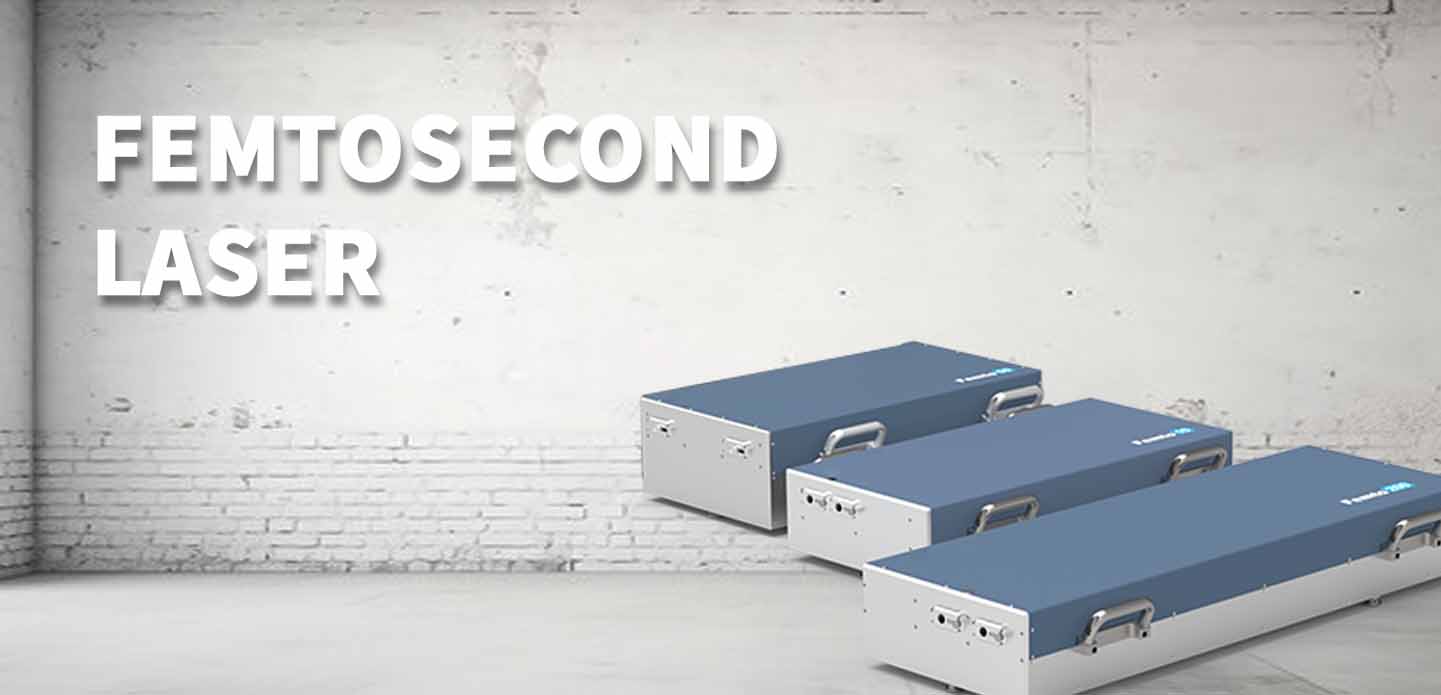Femtosecond lasers have emerged as a transformative technology in various fields, providing unprecedented precision and control. These lasers emit pulses of light that last just one quadrillionth of a second, allowing for the manipulation of materials at an atomic or molecular level. Their ability to deliver energy in such short bursts has made femtosecond lasers an essential tool in areas ranging from medical surgeries to aerospace manufacturing. This article explores the diverse applications of femtosecond lasers, their advantages, and the innovative developments that continue to push the boundaries of technology.
One of the most significant impacts of femtosecond laser technology is in the field of medicine, particularly in ophthalmology. One of the most notable applications is in laser-assisted in situ keratomileusis (LASIK) eye surgery. Traditionally, LASIK procedures involved the use of a microkeratome to create a corneal flap. With femtosecond lasers, this process has been revolutionized; the laser precisely creates thin, uniform flaps in the cornea without the risk of mechanical injury. This enhanced level of precision not only improves patient outcomes but also reduces recovery time. Studies have shown that patients often experience better vision shortly after the procedure, and the risk of complications is significantly diminished.
Femtosecond lasers are also making waves in the treatment of various tissues and ailments. Their ability to generate precise cuts allows surgeons to target tumors or damaged tissues without affecting the surrounding healthy areas. This is particularly beneficial in delicate surgeries, such as those involving the brain or other sensitive regions. The minimally invasive nature of procedures facilitated by femtosecond lasers can result in less postoperative discomfort and quicker recovery times for patients, making this technology highly advantageous in surgical settings.
In addition to medical applications, femtosecond lasers are gaining traction in the field of material science. Their incredibly short pulse duration allows for the modification of materials at extremely fine scales. This capability is leveraged in various industries, particularly in the production of microelectronic devices. When fabricating components for electronics, the precision provided by femtosecond lasers leads to enhanced performance and reliability of these components. This technology is being utilized to create microstructures for sensors, photonic devices, and more.
Moreover, femtosecond lasers are valuable in the field of research and development, aiding in the examination of materials at the nanoscale. They can induce non-linear optical phenomena, which are critical for developing new materials and understanding the fundamentals of molecular interactions. In the realm of spectroscopy, femtosecond lasers help scientists study the dynamics of chemical reactions, leading to deeper insights into molecular behavior. This research has far-reaching implications, including advancing pharmaceuticals and creating materials with tailored properties.
Another remarkable application of femtosecond lasers is in 3D micro-manufacturing. The technology allows for the additive manufacturing of intricate structures previously challenging to create. This advancement is applicable in a plethora of industries, including biomedical engineering where customized implants and prosthetics can be produced with a precision that closely mimics natural anatomical features. By employing femtosecond laser technology, manufacturers can create highly detailed microstructures that are critical to the performance and functionality of various products.
Despite the numerous advantages of femtosecond laser technology, there are challenges that researchers and industries must navigate. The high cost of femtosecond lasers and the required expertise to operate them can be barriers to broader adoption. Continuous advancements in laser technology aim to not only improve their efficiency but also reduce costs, potentially making these tools more accessible across various sectors.
In conclusion, the advent of femtosecond lasers has marked a significant leap in both medical and industrial applications. Their unparalleled precision, safety, and versatility make them invaluable assets in modern technology. As research continues to unfold, we can expect to see even more innovative uses and developments stemming from femtosecond laser technology, solidifying its role as a critical player in pushing the boundaries of industries worldwide. As the potential of this technology unfolds, we stand on the cusp of a new era defined by precision and reliable performance across numerous fields.
由投用户稿件整理稿件发布,不代表本站观点及观点,更多交流学习之用,如涉及版权等问题,请随时联系我们(yangmei@bjjcz.com),我们将在第一时间给予处理。






